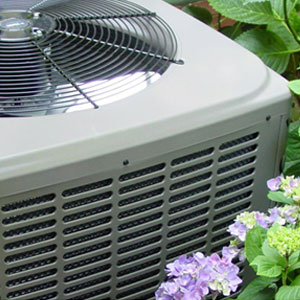
Resources
- Home
- About Air Cooling Systems
- Air Conditioner Pre Cooling System
- Air Cooling System
- Air Cooling System Design
- Air Cooling System In Automobiles
- Air Cooling System Reviews
- Air Cooling Systems FAQs
- Air Cooling Systems For Homes
- Air Cooling Systems For Offices
- Air In Cooling System Symptoms
- Car air Cooling System
- Car Air Cooling System
- Compressed Air Cooling System
- Cooling Air System
- Engine Air Cooling System
- Forced Air Cooling System
- Forced Air Heating And Cooling System
- Gas Turbine Inlet Air Cooling System
- How Do Air Cooling Systems Work
- Simple Air Cooling System
- Types Of Air Cooling Systems
- Underground Air Cooling System
- Where To Buy An Air Cooling System
Air Cooling Systems Faqs
1. What is the primary function of the engine air cooling system?
The primary function of the engine air cooling system is to maintain the operating temperature level of the engine to prevent overheating.
2. Why is it important to operate the fan temperature at low settings?
The fan temperatures are normally set low in order for the coolant to act as a form of heat sink and increase its capacity to absorb heat. This condition prevents after-boil from occurring, which is a major problem that normally occurs at shut-down or shift to idle immediately after a stressful engine operation.
3. How does after-boil occur?
After-boil normally happens immediately after engine shutdown. Following a stressful operation, the coolant in the engine air cooling system normally approaches boiling point. It is at this instance that residual heat stays within the cylinder head. When the engine is shut down, the water pump also stops the circulation of the coolant within the air cooling system. The residual heat within the system has a temperature that is high enough to get the coolant at its boiling point. The coolant is pushed out of the system as the steam pressure breaches the maximum pressure setting of the radiator cap.
4. What is the challenge that must be overcome by water-cooled engine air cooling system?
It is essential for the air cooling system to keep the coolant temperature below the water’s boiling point at all times. This condition is not easy to achieve since the coolant temperature normally gets near the boiling point while the engine is running.
5. What are the temperature settings for heavy-duty engines at which the cooling fan turns on and turns off?
Fans are normally powered on at the temperature range of 200 degrees to 210 degrees Fahrenheit and powered off at the temperature range of 180 degrees to 190 degrees Fahrenheit.
6. Will the fan be powered on more often at a low fan temperature setting?
Yes. The intervals of the “fan-on” mode increase when the fan temperature is at low setting. Conversely, the interval is reduced when the fan temperature is at high setting. Heat is conducted and dispensed to the external environment more efficiently when the temperature in the heat exchanger is high. This means that the fan will no longer have to be powered on as often as before in order to move the heat from the engine block and expel the same to the air.
7. What causes pump cavitation?
Pump cavitation happens when the coolant approaches boiling point and vaporizes as it gets into the area with low pressure. The pump momentarily stops operating and circulation goes to a halt as a direct result to the formation of gas pockets.
8. Why is it important to have an air cooling system with full radiator?
Before the inclusion of the reservoir tank to the air cooling system, heated coolant is expelled from the system as pressure builds up. It is released through the overflow hose that is connected to the radiator. This is the main reason why the radiator normally has about 2 to 3 inches of gap and car owners do not understand the reason behind this and would regularly pour additional coolant into the radiator. This unsound practice affects the inhibitor and freeze protection of the car’s air cooling system.
